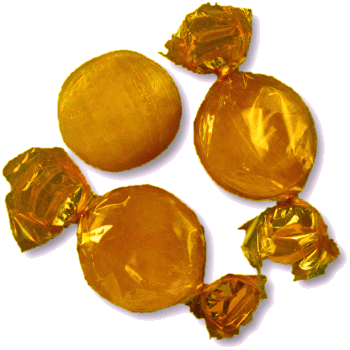




WELCOME TO AN ENTERTAINMENT SITE FOR SCOTTISH COUNTRY DANCERS!
Enjoy this curated selection of theme-related dances for celebrations and holidays, or find a dance associated with a special calendar day, or EVEN your own birthday!
Jun 16

Fudge and Tablet Day
The Fudge Factor
Other Scottish Country Dances for this Day
Today's Musings, History & Folklore
"Start with sugar, white and fine,
Two good cups will do just fine.
Butter next—a half a stick,
Drop it in and stir it quick.
Add some milk, a splash or two,
Let it bubble—don’t let it stew!
Stir and stir till thick and sweet,
The scent alone’s a cozy treat.
Pour it out upon a tray,
Smooth it gently, let it stay.
Cut in squares when it is set—
The best small bite you’ll never forget!"
~ Ode to Fudge
This fudgy reel was devised in honor of a "fudge brownie" recipe! Delicious and momentarily requires couples to join hands in a rectangular shape of this sweet treat!
Fudge, that rich, creamy confection, has a history as delightfully muddled as its texture. While its exact origins are debated, it’s widely believed to have first appeared in the United States in the late 19th century—possibly as a happy accident when someone "fudged" a batch of caramel. By the 1880s, recipes were circulating in women’s college communities, especially at Vassar, where fudge-making became a beloved dormitory tradition.
The classic American version uses sugar, butter, and milk or cream, heated and beaten to a smooth consistency. Over time, endless variations emerged—from chocolate and maple to nut-studded and marshmallow-swirl renditions. While fudge remains popular in the U.S., its closest counterpart in the UK is tablet, a firmer, grainier Scottish treat made with sugar, condensed milk, and butter, often flavored with vanilla. Though sweeter and more brittle than fudge, tablet shares that same homemade nostalgia and is often found at Highland games and village fêtes. Fudge, Tablet, or Fudge Brownies ... they're all "reely" good! 🤎 🤎 🤎 🍬 🍬 🍬
The Fudge Factor
June 16 celebrates a special treat, fudge (and the Scottish equivalent, tablet)!
Fudge is a type of confectionery which is made by mixing sugar, butter and milk, heating it to the soft-ball stage at 240 °F (116 °C), and then beating the mixture while it cools to make the the signature fudge consistency. Fudge texture lies between fondant, a wetter version of fudge that is used inside soft-center chocolates and the other extreme, rock candy, in which a sugar solution is left for days to form enormous crystals.
While fudge comes in many different flavors, it's usually chocolate. In the US, another kind of fudge is smooth, melted chocolate that can be poured over the top of ice cream! If made with brown sugar instead of white, it is called penuche, also caled creamy praline fudge, and brown sugar fudge candy!
Scottish tablet is the cousin of American style fudge and differs mainly in the texture - tablet has a harder outer layer with a softer inner layer while most fudges are completely soft all the way through.
American-style fudge (containing chocolate) recipes are first found in an 1886 letter written by Emelyn Battersby Hartridge, a student at Vassar College in Poughkeepsie, New York. This Vassar fudge recipe became quite popular at the school for years to come, and by 1887, the recipe had spread such that shops on Mackinac Island in Michigan began to produce the first commercial fudge for summer vacationers.
The word "fudge" predates the candy. As a verb, by 1771, the word to "fudge" was used to mean to "put together clumsily or dishonestly," and was perhaps an alteration of the word to "fadge," meaning "to make suit, fit" (from the 1570s), a verb of unknown origin.
The traditional story of the origin of the interjection "fudge" to mean "lies! nonsense!" traces back to a sailor's retort to anything considered a made up truth, related to one Captain Fudge, "who always brought home his owners a good cargo of lies" (Isaac Disraeli, 1791, citing a pamphlet from 1700). This Captain Fudge, called "Lying Fudge," perhaps helped reinforce this form of the word "fadge" in the sense of "contriving without the necessary materials."
By the early 19th century, the word even made the works of Sir Walter Scott: "He lies,' answered Lord Etherington, 'so far as he pretends I know of such papers. I consider the whole story as froth -- foam, fudge, or whatever is most unsubstantial. ...'" (St. Ronan's Well, 1823).
For a European style (non-chocolate) fudge with Scottish whisky, click the tablet below.
Click the dance cribs or description below to link to a printable version of the dance!





